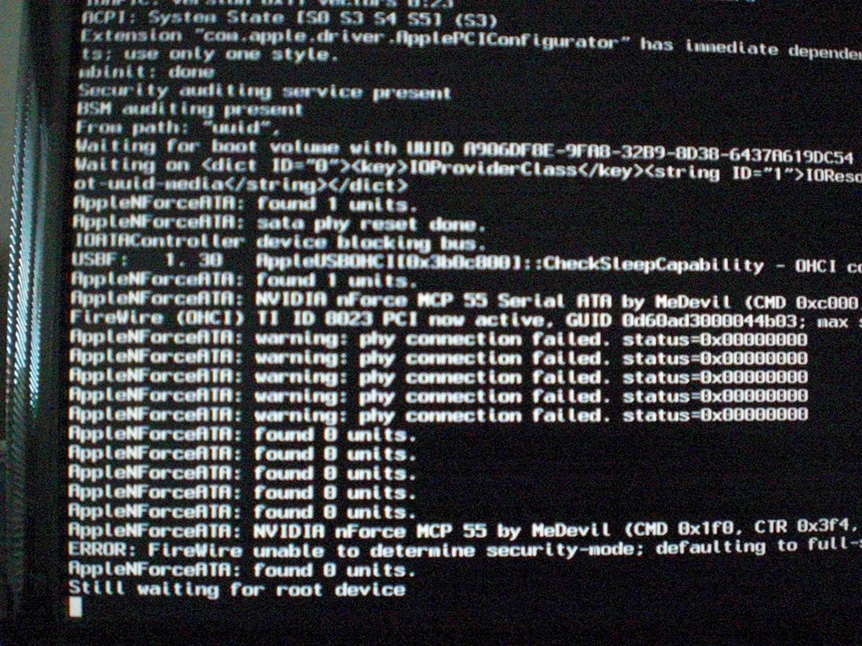
In this case we have LVDS at index 1 (so we set bit 1), it is always alone on an output group. In the DCB table we have entries describing what type of connection can be used for a physical output, like ANALOG, ANALOG/DVI etc. You byte swap the word at 0x36, thats the address of the DCB table. You can find your DCB table by looking at offset 0x36 of a nvidia bios. It all depends on the DCB table in your video bios. WORD : OUTPUT GROUP 2 ( describes what outputs are grouped to Display - B )īYTE : BUILT - IN ( guessing, built - in cards apart from 7300GO ( AppleTV ) have this set to 1 )īYTE : EDID_MANUFACTURER_RESERVED_TIMINGS ( BYTE 0x25 of the primary screens EDID )īYTE : UNKNOWN ( MacBookPro 8600MGT ( 15 ") 128MB Vram has this set to 1)Ībout the Output groups, they are generated like following. WORD : OUTPUT GROUP 1 ( describes what outputs are grouped to Display - A ) WORD : OUTPUT GROUP 3 ( guessing, it describes what outputs are usable together with S - Video out )
Ideneb v1.6 10.5.8 lite edition iso tv#
Here an example (note we have to swap bytes to inject):ĪNALOG 0, display - cfg XX = I2C Read 1, display - cfg XX = I2C Read Offset TV 0, display - cfg XX = I2C Read 1, display - cfg XX = I2C Read Offset ELSE 0, display - cfg XX = I2C Read Offset YY = DCB ENTRY OR VALUE ( guessing 1, display - cfg XX = I2C Read Offset YY = DCB ENTRY OR VALUE ( guessing )īYTE : NVCAP_VERSION ( hardcoded, goes from 0 to 5 )īYTE : UNKNOWN ( most built - in cards and MacPro 7300GT have that set to 1 )īYTE : UNKNOWN ( most built - in cards have that set to 1. There is one display-cfg for each screen.


If the unknown condition above is not met its build up as following regarding the type of screen attached.Īnd for everything else like LVDS, TMDS and Display-Port If some condition (unknown yet, we thought it had to do with if a screen is attached to that output, which it had not) is met we get: The last two bytes are made up as following:


 0 kommentar(er)
0 kommentar(er)
